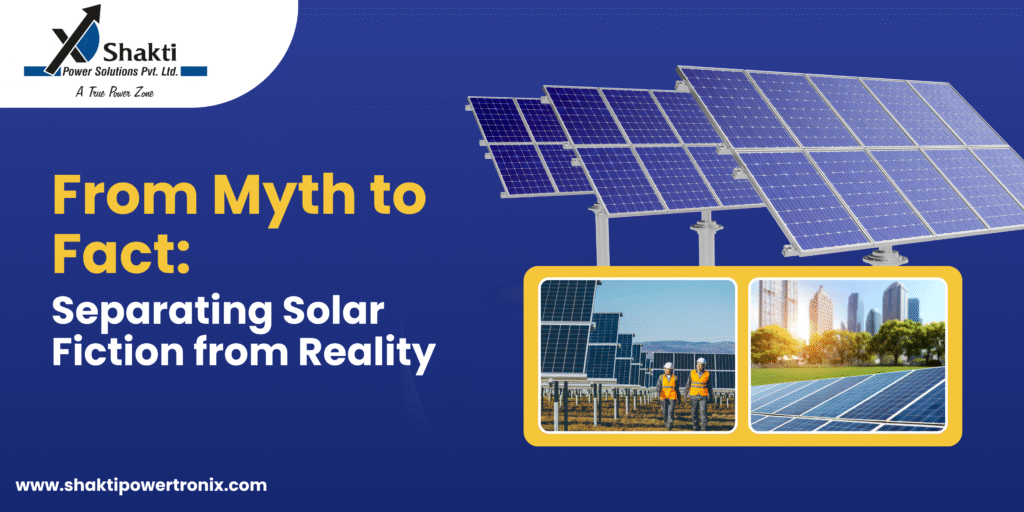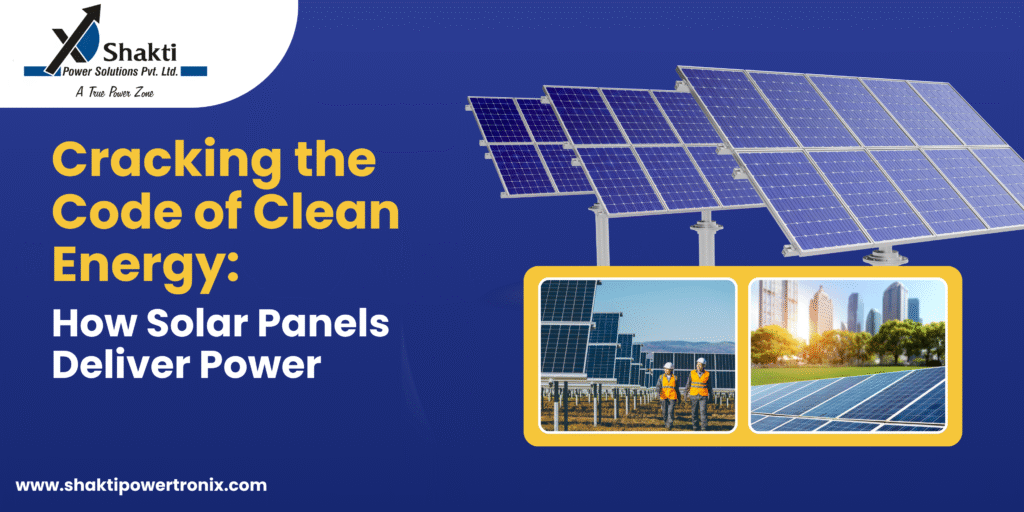INTRODUCTION
Solar Power is fast changing the world’s energy scenario. While the world is looking for cleaner and greener alternatives to conventional sources of power, solar power is notable for its potential to tap the vast power of the sun and generate electricity. This change not only serves environmental interests but also provides pragmatic advantages to individuals and enterprises.
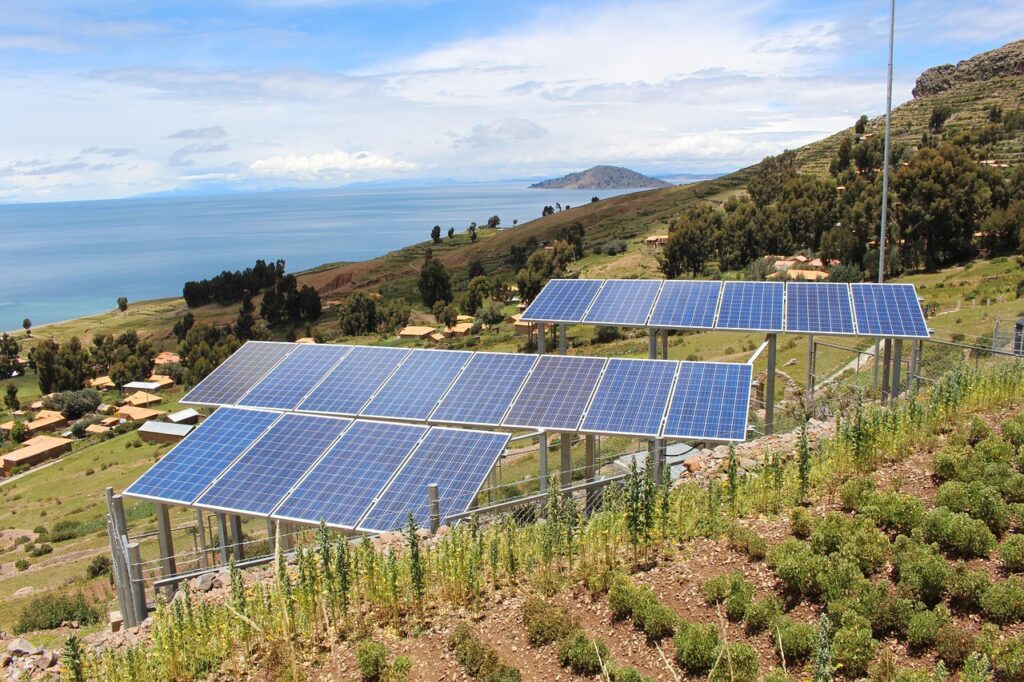
What is Solar Energy?
Solar energy is a green and renewable source of energy from the sun itself. Solar energy captures sunlight and converts it into electricity in the form of photovoltaic (PV) cells. PV cells are made of special material-mostly silicon-with the aim of capturing the rays of the sun.
When the sunlight hits a PV cell, the electrons in the substance become energized. The energy does so by exciting the electrons and making them flow and move, and thus generating the current of an electric flow. It is referred to as the photovoltaic effect, which solar panels make use of as a method of generating electricity.
The PV Cells generate electricity, which is directly utilized to operate houses, shops, and machines, or stored in a battery to be used further. The sun’s solar energy is an unlimited, free source of energy, which is a green way of satisfying our increasing energy demands. Utilizing solar power, we can maximize our usage of fossil fuels, lower our carbon footprint, and make this world a green, clean world.
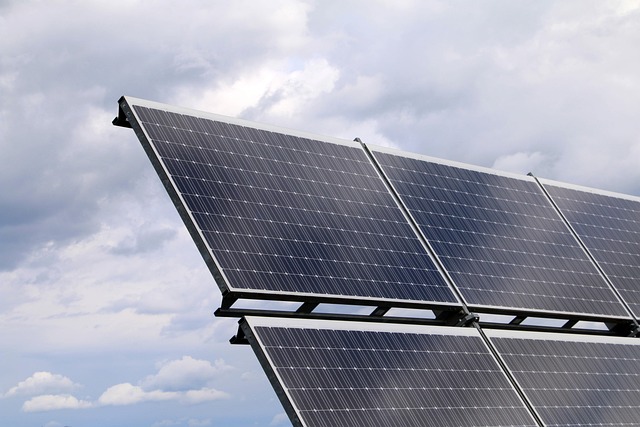
How Solar Power Works?
A solar power system harnesses the sun’s energy and delivers it as usable electricity to homes and businesses through a series of carefully designed components and processes.
Key Components of a Solar Power System
- Solar Panels: Solar Panels are comprised of photovoltaic cells(PV), typically silicon semiconductor material. If solar light in the form of energy packets known as photons is incident on such cells, they energize the electrons within silicon atoms.
The photovoltaic effect that comes about is through this phenomenon as electrons are ejected and permitted to flow and establish a direct current (DC) of electricity. - Inverters: The electricity generated by solar panels is in DC form, which is incompatible with home appliances or the electrical grid. Inverters play a critical role by transforming this DC electricity into alternating current (AC), the form used in homes and offices.
Inverters come in various forms, including string inverters, microinverters, and power optimizers, with varying efficiencies and installation styles. - Batteries( Optional ): Solar batteries can also store excess electricity produced on sunny days. The stored energy can be used during night or cloudy days, increasing energy self-sufficiency and reliability for off-grid or hybrid systems.
- Meters and Monitoring Systems: Meters track the amount of electricity that has been generated, consumed, and sent into the power grid.
The majority of modern systems also come with performance monitoring equipment, allowing users to track their system’s performance and output in real time.
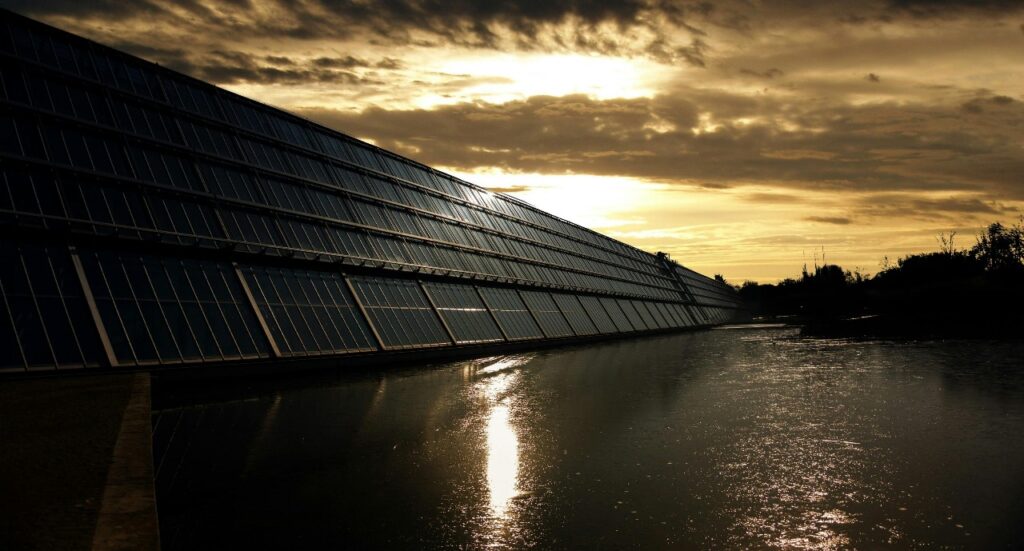
Step-by-Step Process: From Sunlight to Usable Power
- Sunlight Activation: Solar Panels are installed in a position where they can get maximum sunlight. When the PV cells are subjected to sunlight, it induces the photovoltaic effect, releasing the electrons and producing a flow of DC electricity.
- Generation of DC Electricity: The movement of electrons in the PV cells produces DC electricity, which is channeled from the panels through electrical wiring.
- Inverter Conversion: The DC electricity is fed to an inverter, which converts the DC electricity into AC electricity. This is needed because AC is standard for appliances and the grid.
- Distribution and Use: The AC electricity is fed from the inverter to the electrical panel (breaker box), where it is distributed throughout the building to supply lights, appliances, and devices.
- Grid Connection and Net Metering: If the system produces more electricity than needed, the surplus is fed back into the utility grid via a net meter. The majority of the utilities credit for this surplus electricity, a process known as net metering.
- Battery Storage: Any surplus electricity can be stored in batteries to be utilized later, as backup power during a power outage or at night.
- Monitoring and Maintenance: The systems are monitored to monitor performance and detect any issues, while regular maintenance, including panel cleansing, ensures optimal efficiency.
Solar power systems are cost-effective, scalable, and eco-friendly, and hence a viable solution for reducing energy bills and carbon footprint, and enabling energy independence.
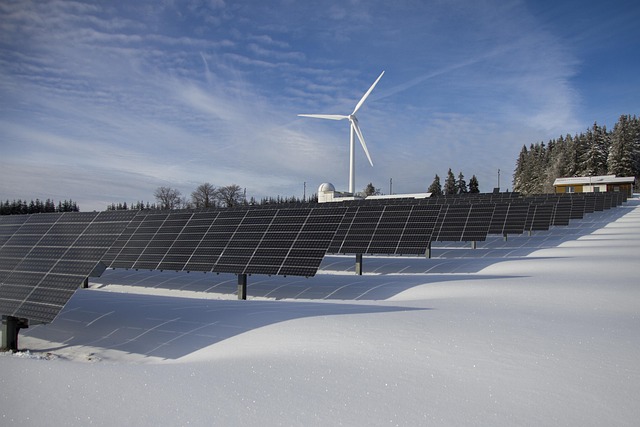
Types of Solar Panels
The choice of a suitable solar panel is a vital component involved in the development of an inexpensive yet efficient solar power system. Now, three main types of solar panels are being utilized the most; each of these types has unique attributes and features:
- Monocrystalline Panels: Monocrystalline solar panels comprise a continuous crystal structure and, therefore, remain uniform with respect to black color and shiny, high-tech looks. These panels are very efficient, with a greater energy yield per square meter than other panels.
Their high performance makes them best suited for installations with low roof area or where maximum power is needed. Even though they cost more than monocrystalline panels, their efficiency and quality often pay for themselves. - Polycrystalline Panels: Polycrystalline panels consist of multiple silicon crystals fused into a single piece, resulting in a blue, speckled appearance.
They are generally less expensive than monocrystalline panels and are commonly used for large installations where space is not such a problem. Less efficient than polycrystalline panels, they still offer stable performance and a reasonable compromise between price and output.
Polycrystalline Panel
Polycrystalline panels consist of multiple silicon crystals fused into a single piece, resulting in a blue, speckled appearance. They are generally less expensive than monocrystalline panels and are commonly used for large installations where space is not such a problem.
Less efficient than polycrystalline panels, they still offer stable performance and a reasonable compromise between price and output.
Thin-Film Panels
Thin-film photovoltaic panels are built up by depositing one or more layers of photovoltaic material onto a flexible substrate. This build-up makes them lightweight and flexible enough to be used on a variety of surfaces, for example, irregular or curved surfaces.
Thin-film panels are less efficient than crystalline silicon panels, but their flexibility and simplicity of installation mean they are worth considering for certain commercial or industrial applications, or portable solar use.
All solar panel models have their own strengths and are best suited for specific needs and setups. A solar expert such as the team at Shakti Power Solutions will be in a position to help you choose which type of panel will best cater to your energy need, budget, and installation location. This ensures that you are in a position to derive the maximum value and efficiency from your solar investment.

